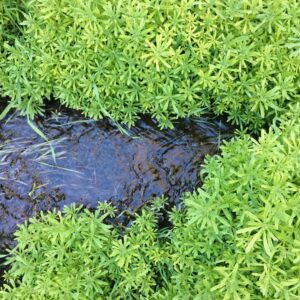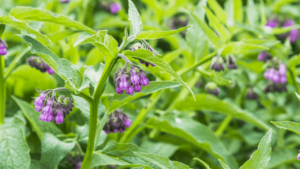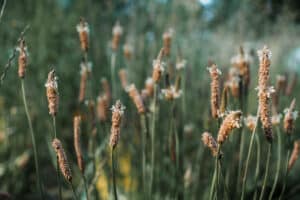Diving into the world of herbal medicine and the traditions that have carried it for a long time often introduces us to new concepts, principles, practices, and ways of seeing the world around us that aren’t often taught to us in our modern world. And sometimes there’s something there that changes your life forever.
For me, the principles of vitalism were one of the biggest revolutionary moments in my life, not only as an herbalist, but as a human being. While I’ll share a bit more about the five ways vitalism transformed my life, they’re also the ways it can transform yours too. This is more than just changing how we see the world around us, or even being more integrated with nature, but it’s also about reaching new levels of self-understanding.
Here’s a snapshot of this post:
- Why self-understanding includes knowing your own body and its uniqueness
- How nature externally influences our own nature internally
- Using herbs beyond just treating symptoms and into supporting health and vitality
- Why the vitalist herbalist sometimes doesn’t even need to use herbs
- How the vitalist perspective ultimately boils down to a spiritual way of seeing the world around us
Table of Contents
When I think about my journey as an herbalist, learning about the vitalist model of healing stands out in my mind as a turning point. I can honestly say that it not only transformed my life as an herbalist but as person as well.
There were always aspects throughout my learning career that I felt were missing. Whether it was through my experimentation with numerous different dietary practices to sitting in anatomy and physiology during my time in Bastyr, there was an element that I was seeking. Once I came across vitalism, all the information I had been looking for came together, crystallized, and formed a new whole picture that included all the facets of being; spiritual, mental, emotional, and physical.
The concepts and principles behind the vitalism model have led me to develop a deeper understanding of myself, and as I gained this understanding, I grew more confident personally and as an herbalist. Furthermore, the more I learned about what I needed to experience vitality, the more I was able to make everyday choices that rapidly improved my quality of life. If you want to feel more vibrant and alive, here are 5 ways vitalism can transform your life.
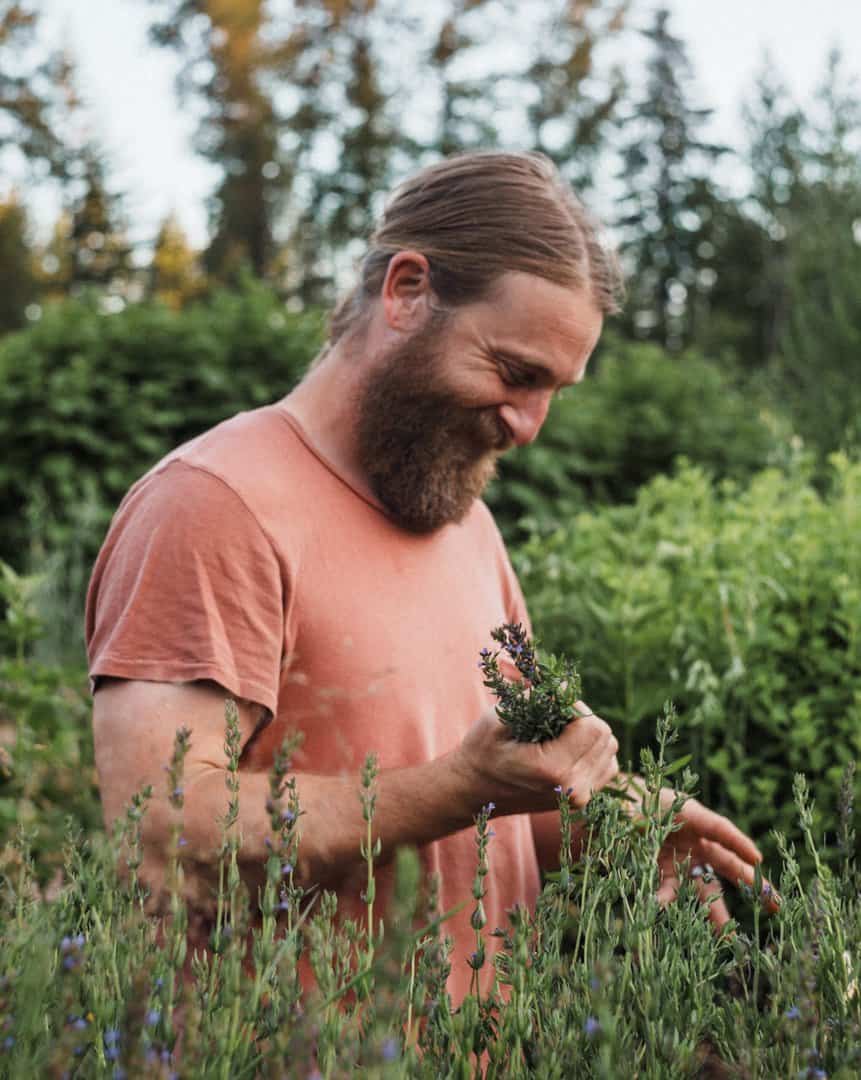
I Began to Understand My Body on a Deeper Level
When I was in university and studying anatomy, physiology, biochemistry, and other sciences, I loved it. However, it always felt like something was missing. Once I learned about the vitalist traditions, I realized this was the missing key I had been searching for.
While the body contains specific organs, systems, and tissues that follow physiological patterns that we all have (for the most part), vitalism taught me there was a secondary component to the body- one that science fails to acknowledge. That component is our overall constitution, as well as the unique constitution of each organ, system and tissue, which differs from person to person.
So while we all have a heart and lungs and kidneys, for some their respiratory system is constitutionally weak and requires extra support. For others, this may be their digestive system. In essence, we all have our unique physical strengths and weaknesses, and when I came to understand these within myself it clicked so many pieces into place in regards to my health. All the sudden those recurring issues started to make sense and I had a clear path to resolution not only with herbs, but with my overall lifestyle. This was a huge gamechanger.
I always ask people, “where do you feel your symptoms most when stressed?” Some may experience frequent headaches, while others face respiratory problems. This physiological response grants you tremendous insight into someone’s unique constitution and clarifies how you can use herbs to support it best. One of the many powers of herbal medicine is that you can use it as a preventative measure to keep someone healthy instead of waiting until someone is sick to offer help.
This is a key element of vitalist herbalism, that we don’t have to wait until someone is sick to use herbs, but rather can use them to strengthen our constitution weaknesses and temper our excesses. This leads us to a rejuvenative model of herbal medicine that helps us to prevent the roots of disease from ever sprouting.
Through the vitalist lens of herbalism, you can begin to understand how every body is a unique ecosystem of its own, and how to construct holistic protocols to help them not only be symptom free, but reach new levels of health and vitality.

I Discovered How Nature Influences Our Health
Although people often chalk health issues to genetics, bad luck or something otherwise outside of their control, vitalism teaches that you and your body are nature. The environment outside impacts your environment inside, and the environment you live in can lead to imbalances, which give rise to symptoms and disease.
How do we experience nature? Well on the larger pattern of it, there are three layers: the seasons, the weather, and the habitat where we live. As a young 20 something year old herbalist, the concept that the changing of the seasons, weather patterns, and where I lived would influence my body and health was an explosion of insight in my mind! I always wondered why I could never sleep when it’d be super windy outside. Then I learned it’s because it aggravated the vata dosha and would make me tense, anxious, and wound up. It became clear why I don’t handle hot environments very well, because it would aggravate my tendencies towards heat.
Of course we can’t control the weather or our habitat, but we can control how we live every day, the foods we eat, and the herbs we take… IE we can control our inner environment. When we start to understand how the outer environment influences our inner environment we have a key to how to adjust our lifestyle to temper our excesses and deficiencies so we are better able to tolerate and be in balance with the nature outside of us.
This also applies to your clinical practice. For example, if someone has arthritis, and in your consultation you discover that it tends to flare up when the season turns to autumn and the weather gets cold and damp. This is gold for clarifying the underlying tissue state of their joints (cold and damp). I’m from the Northwest, where it’s perpetually damp. When I travel down to Arizona, where it’s really hot and dry, my pitta and fiery hot constitution become exacerbated. During the hot summers, I would feel increasingly irritable and experience health issues related to excess heat and dryness I’d never experienced before. Marshmallow became my best friend while traveling through the southwest.
Vitalism grants you perception and a level of awareness of how the outside influences the inside, and it also gives you simple practices and tools you can use to live in accordance with the vital force of your body and nature. Although I had always intuitively sensed that I felt different in different environments, vitalism granted me the confirmation and systematic approach I needed to make real-life changes.
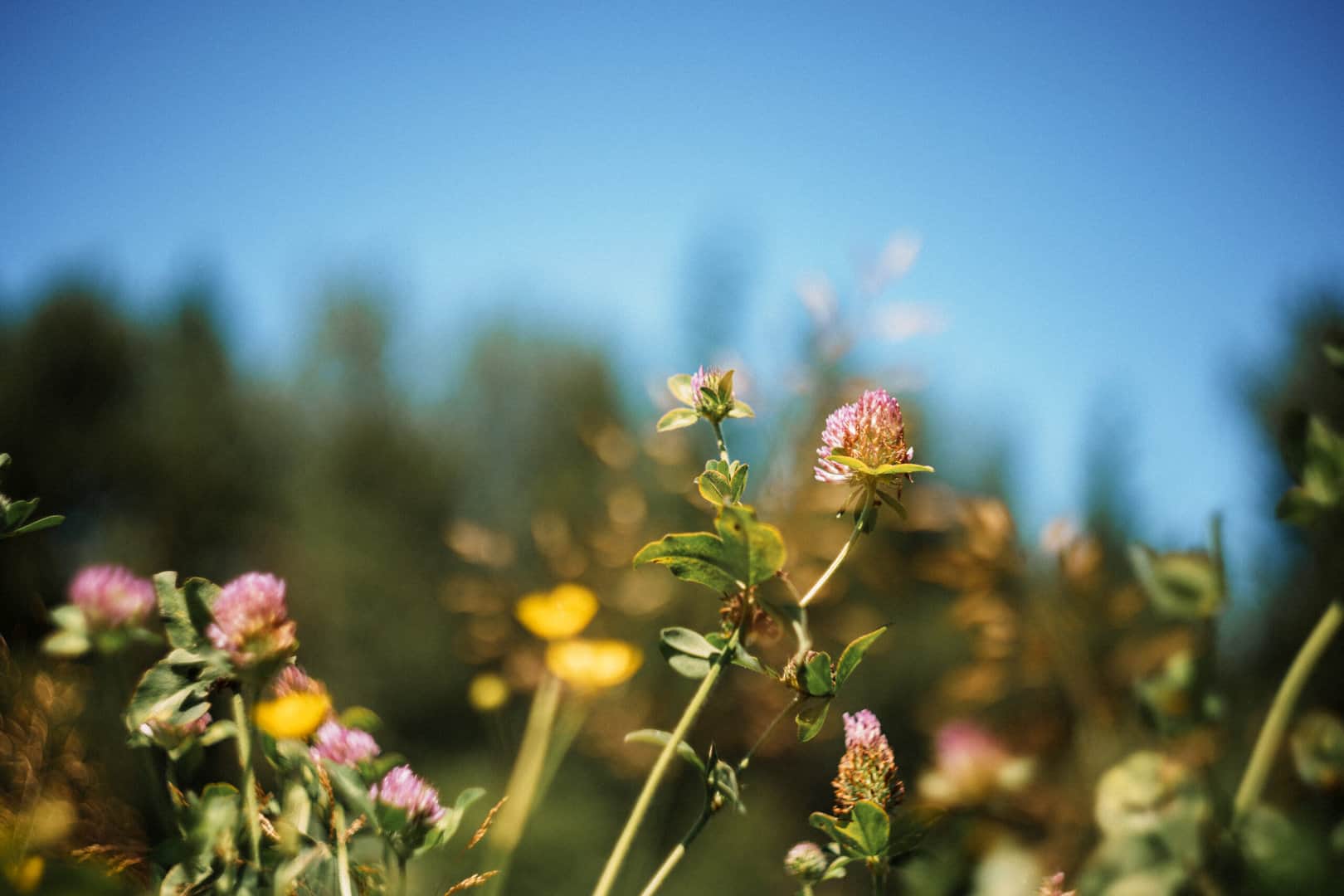
I Learned Herbs Beyond “Use This for That”
Although it may sound vague to say that vitalism taught me how to use herbs holistically, it gave me several strategies I now use daily when considering and administering different herbs. Overall, the vitalist system of herbal medicine has led me to understand how to use herbs to strengthen and balance different constitutions, how to listen to and follow the vital force, and how to use herbs to support the body’s natural processes instead of suppressing them.
Before I learned about the vitalist model for healing, my approach to herbs was a bit arbitrary. Like many herbalists, I would categorize the different herbs by their herbal actions and suggest them to people based on their symptoms – regardless of their constitution and energetic pattern. I fell into the allopathic trap of understanding herbs based only on what symptoms they’re “good for.” This ultimately led to really inconsistent results.
Sometimes the herbs would work, and sometimes not at all. Over time, this impacted my confidence as an herbalist and led to self-doubt. I felt like something was missing; how could it be that there are a dozen herbs for insomnia and how do you know which ones to administer? Do you try each one until you find the one that works, or is there a more strategic approach?
Vitalism taught me there is a better way to address herbal formulation and administration. By considering the herbal energetics within a plant and how this will interact with the constitution of your client, you will be able to formulate herbal remedies that are specific and highly effective. Once I began to address herbalism with this approach, I started seeing better results, and I finally started to get more confident.
And confidence is huge. I can’t tell you how many herbalists I’ve met that struggle with being confident in themselves and the medicines they use. The only way to build that confidence up is to get results… but if you get stuck in the “this for that” approach, getting good results might be tough and thus building up your confidence.
Learning how to use herbs to balance the constitution is only one aspect I learned from the vitalist tradition. Another one was how to support the body’s natural processes with plants instead of suppressing them. While the allopathic medical model views symptoms as enemies that need to be eliminated, the holistic model recognizes that symptoms are the language your body uses to communicate with you. Instead of trying to suppress them, the vitalist practitioner uses herbs to support the body’s natural processes. For example, taking nervines in the evening when the vital force calms down for sleep, or bitters before meals to prime your digestive system. These modes of perception radically shifted how I use and administer herbs and have led to greater success than ever before.
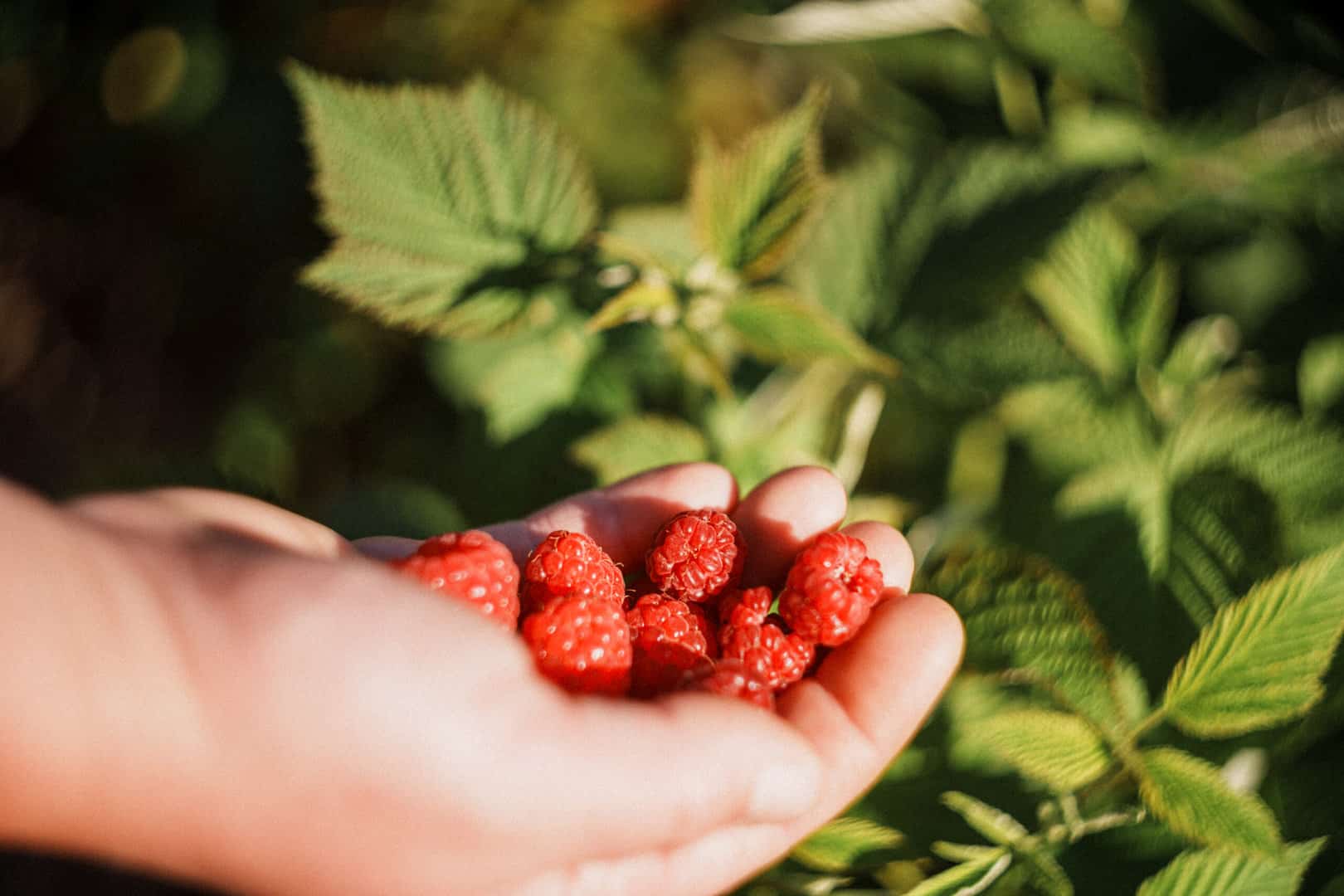
I Learned How to Eat for Vitality
The concept of the digestive system being essential to health and vitality is central to cultures and healing traditions around the world. Although the common saying is “you are what you eat,” this should be changed to “you are what you assimilate,” since it is the nutrients you can absorb that influence your health. Depending on the health of your digestive system, you may or may not be breaking down your food properly and absorbing the nutrients adequately. If your digestion is impaired, you can eat the healthiest food in the world and still struggle to assimilate and utilize the nutrients.
When I was younger, I transitioned from vegetarianism and veganism to eventually an entirely raw vegan diet. For two years, all I ate was cold and dry plant foods. Can you imagine how that impacted me when I was living in the cold Pacific Northwest? Instead of warm cooked vegetable soup, I was drinking frigid berry smoothies when there was a few feet of snow outside. Needless to say, I was not eating in a way that was aligned with the vitalist philosophy, especially when considering that concept I mentioned earlier about seasons, weather, and habitat influencing our inner environment. Yikes! Today my diet has shifted to one that includes meat and is more flexible, particularly in the sense of eating seasonally, locally, and shifting what, how, and when I eat as the seasons change. However, looking back, I can see how all of those different diets impacted the quality of my body and mind, some in really positive ways, and others definitely not so much.
When I discovered vitalism, I learned that if we think of the body like a tree, the digestive system is like the roots of that tree (hence our intestines actually resemble roots with their millions of twists, turns, and folds), and the food you eat is like the soil used to nourish it. It is difficult to feel energized and have vitality if you are not eating well. However, even if you are eating well, it is paramount that the digestive system is healthy so your body can absorb and use the nutrients in the food. Once I corrected my dietary practices to balance my constitution, I began to feel so much better.
Learning to eat for your body type, environment, and constitution is nothing short of life-changing. By noticing how you feel after eating different foods, you can learn to eat in a way that best supports your body and mind. As a vitalist practitioner, you can help your clients in this process of finding a dietary practice that brings them joy, health, and vitality, not getting too stuck in any one particular dietary structure other than what works for each unique individual.
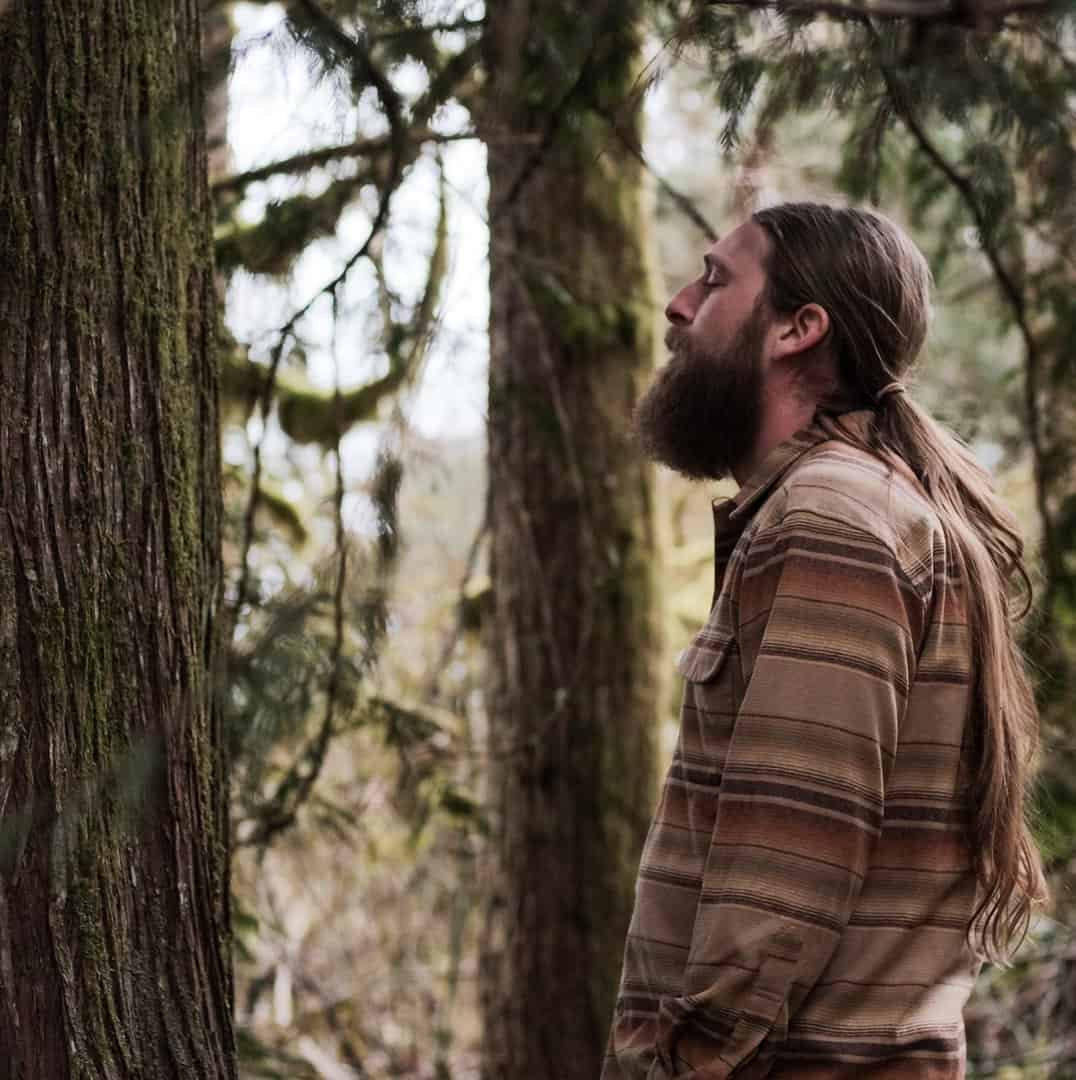
My Appreciation of Nature Deepened
As a mode of perception, vitalism helps you to see the interconnectedness of everything in nature. Everything is a microcosm of the macrocosm, and you can find the energetic roots behind every pathology reflected in a pattern of nature. While vitalist herbalism is usually discussed in terms of energetics of plants, constitutional patterns of people, etc., when we really pull back and look at the core principles of vitalism as a whole, it starts to edge into a spiritual way of seeing the world around us and nature as a whole. This was profoundly impactful for me, for I always felt a deeper connection to nature as a spiritual thing, that my connection to God or source or creator or whatever word you want to use was felt the most while I was in the natural world. To find an approach to natural medicine that incorporated that understanding into its heart was nothing short of mind-blowing for me.
We are not separate from the world we live in, and a change as simple as the weather can affect our physiology. The Water, Earth, Air, and Fire exist in nature and within our body. Through the vitalist mode of perception, you can train yourself to experience this knowledge firsthand. The vitalist approach to healing has taught me that plants are sentient, conscious, and intelligent. There is a spirit within the plants that you can communicate and work with as an herbalist.
To me, one of the most profound gifts of being an herbalist is being able to experience this feeling of connectedness with nature. From this perspective, you are never alone, and you are as much a part of nature as it is a part of you. You need only to open your heart and mind to experience it.

The Revolutionary Role of Vitalist Herbalism
These are just a few examples of how vitalism profoundly changed my life and approach to herbalism. I hope it sheds some light on how it can transform yours too! Your role as an herbalist is to act as the bridge that unites the plant and human kingdoms. As a community, we need to look at the modern approaches to wellness and fuse them with traditional vitalist models of healing.
In doing so, you honor the past while paving a brighter future. Like Paul Bergner says, “If you’re gonna reinvent the wheel, it’s probably gonna be round.” The vitalist model has a lot to offer, and through this mode of perception that you experience the world in, you can achieve healing in ways that are so needed today.


